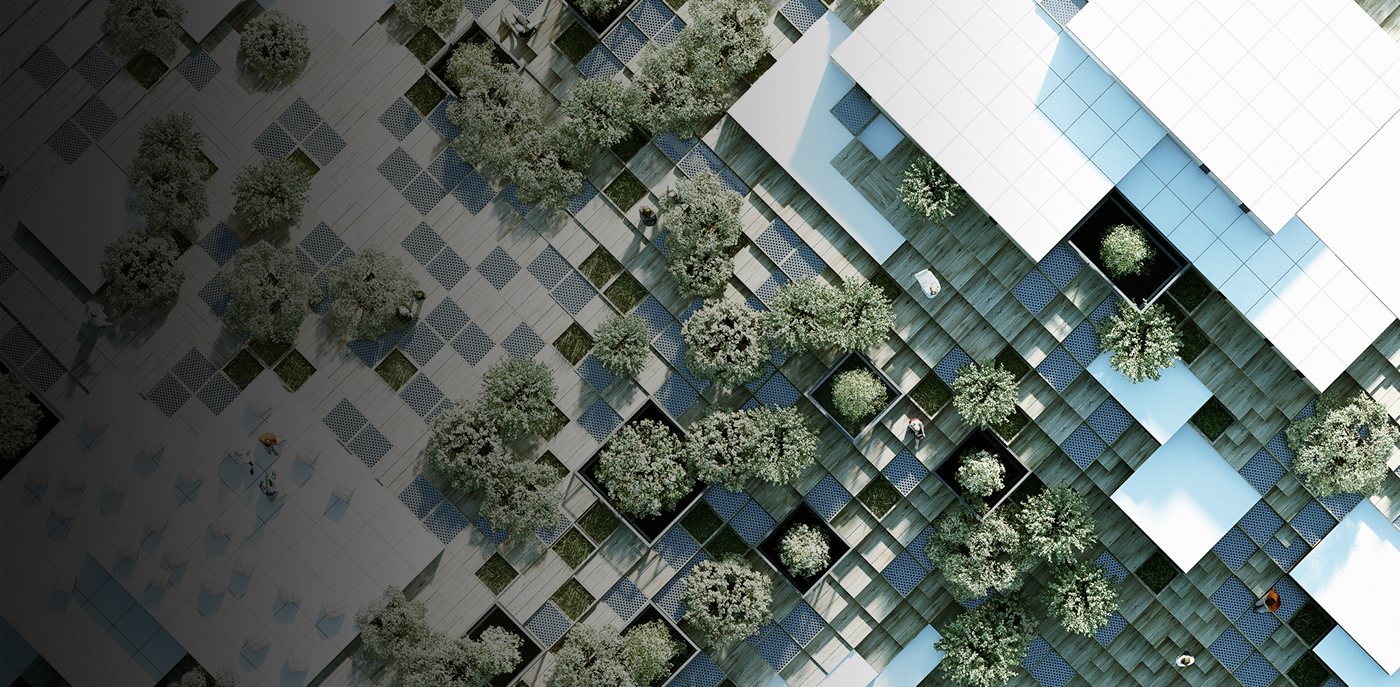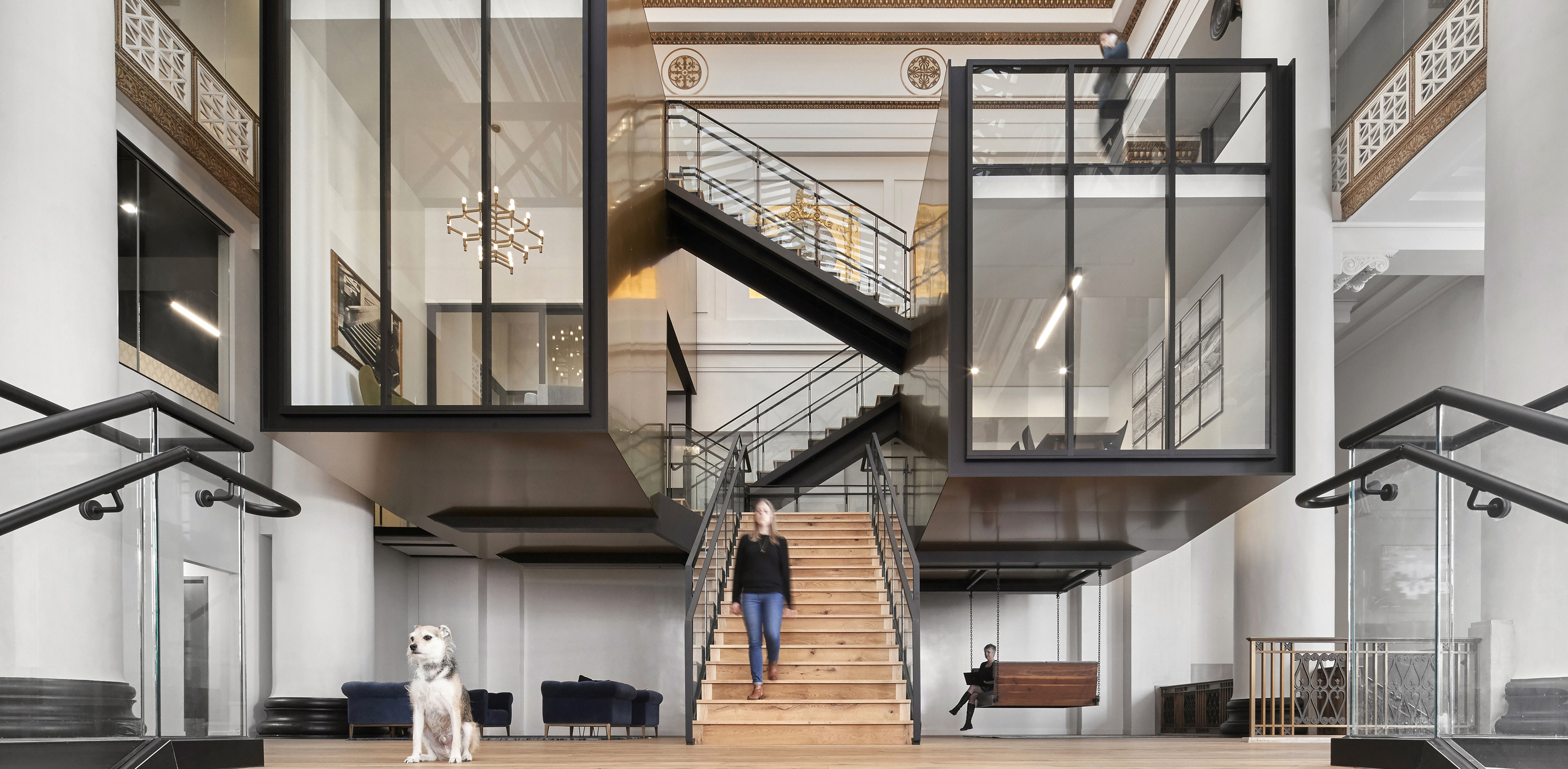Architects: Showcase your next project through Architizer and sign up for our inspirational newsletter.
Plans for the world’s first dedicated coral conservation facility have been unveiled by Great Barrier Reef Legacy, a nonprofit organization created to address the urgent need to secure the long-term preservation of the Great Barrier Reef and coral reefs worldwide.
Designed by Contreras Earl Architecture, with help from Arup and Werner Sobek, the Living Coral Biobank will be located at the gateway to the Great Barrier Reef in Port Douglas, a small coastal town in far northern Queensland, Australia.
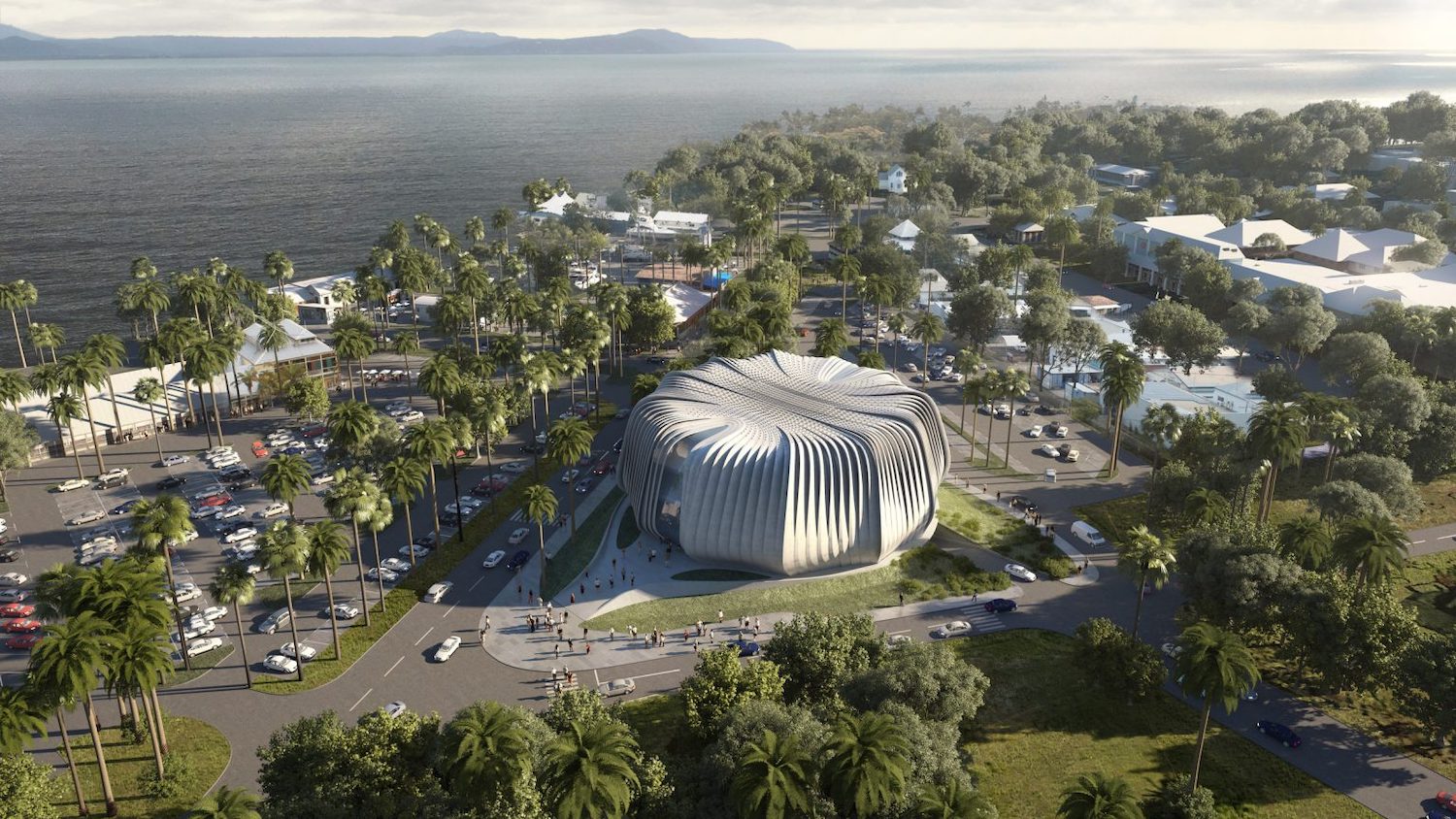
The Living Coral Biobank serves to preserve over 800 species of hard coral species while also acting a public attraction for Port Douglas; image via Contreras Earl Architecture / SAN Architectural Illustration
Conceived as a “coral ark”, the Living Coral Biobank will be a state of the art holding facility that will preserve and protect over 800 hard coral species from around the world, which are highly at risk due to climate change.
Standing at four stories tall and spanning approximately 73,500 square feet, the facility will also double as a landmark attraction for Port Douglas, featuring numerous exhibition spaces, research labs, classrooms, aquarium displays, a 200-person event venue and an auditorium in addition to the main glass-enclosed conservation facility where collected coral species will be nurtured. All of this will be situated around a soaring central atrium.
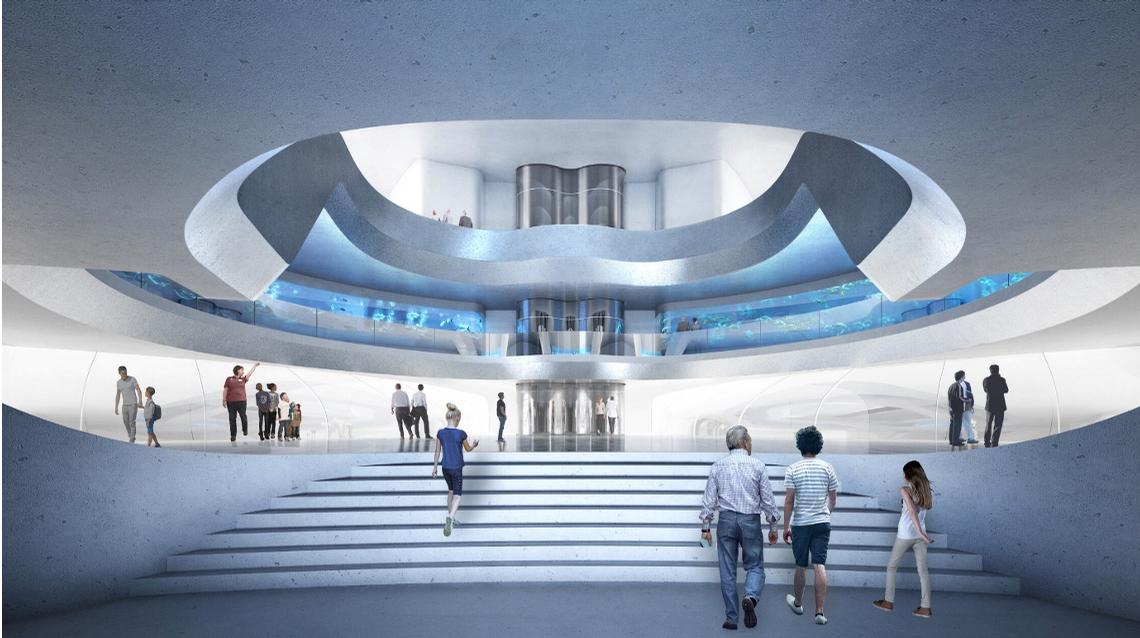
The Living Coral Biobank will rely heavily on natural light and ventilation along with light supplied from the fluorescence of the corals; image via Contreras Earl Architecture / SAN Architectural Illustration
The building boasts a unique façade and form, inspired by the mushroom coral, a hard coral with distinctive, protective radial fins. With German-based architecture and engineering firm Werner Sobeck acting as façade consultant, a series of undulating concrete fins wrap around the structure giving it a very organic presence.
They also offer protection from hazardous weather conditions, such as floods. As they move up the building, they twist, allowing natural light and ventilation to reach the upper levels while providing shading. Visitors will enter the facility through a terraced forum space and continue through the interior via a grand stair that leads to the second level central viewing platform. Here, visitors will be able to observe the collected coral species in their “wet specimen lab” tanks.
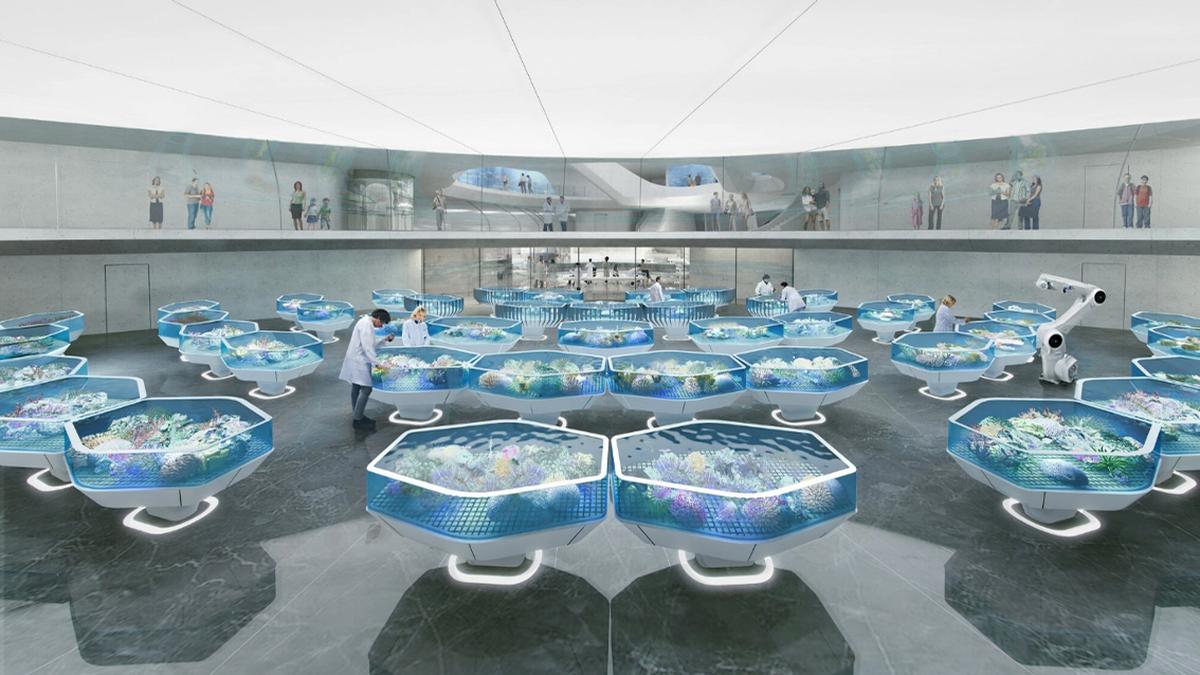
A second level central viewing platform will allow visitor to observe the collected coral species in their “wet specimen lab” tanks; image via Contreras Earl Architecture / SAN Architectural Illustration
With the help of Arup as a project engineering and sustainability consultant, the Living Coral Biobank aims to minimize energy consumption and solar gain, and is set to be carbon neutral. Photovoltaic panels, high levels of insulation, solar hot water heating, advanced energy monitoring and other sustainable components will come together to play a major role in the project’s sustainability goals.
While the facility is a multifunctional space providing various amenities for the surrounding community, its primary goal is to preserve coral species. As stated by Elias Visontay of The Guardian: “The facility would be the physical base for the larger Biobank project, a worldwide network of aquariums – both commercial and in residential homes – aimed at coordinating the preservation of diverse coral samples in the event global populations suffer further from misuse and bleaching.”

Divers examining coral to be collecting for the Biobank project; image via Great Barrier Reef Legacy
Great Barrier Reef Legacy has recently begun collecting corals for conservation, with initial samples found off the coast of Queensland being temporarily housed at holding tanks in the Cairns Marina. According to The Guardian, the project has already secured about $4.8 million in partnership agreements, along with an allotment of land from the bank in Port Douglas and the backing of Australia’s Climate Council.
The Biobank director and marine biologist, Dr. Dean Miller, hopes the facility will be completed by 2025.
Architects: Showcase your next project through Architizer and sign up for our inspirational newsletter.
